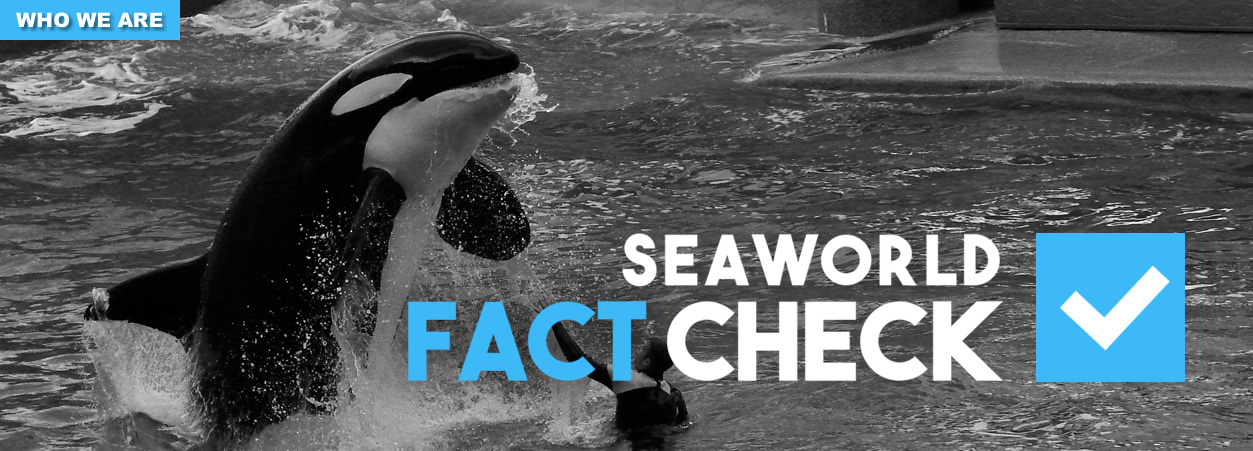SEAWORLD FACT CHECK:
In the United States, it is a legal requirement for a marine mammal public display facility to “offer an education or conservation program”1. However, the standards for a required education program have not been established by independent entities or the government, but rather are those of the Alliance of Marine Mammal Parks and Aquariums and the Association of Zoos and Aquariums2, who have an obvious conflict of interest.
Marino et al. (2010) challenged the claim that zoos and aquariums, including facilities such as SeaWorld, were promoting attitude changes in visitors, stating that there “remains no compelling evidence for the claim that zoos and aquariums promote attitude change, education, or interest in conservation in visitors” (p. 126).
SeaWorld is a member of the World Association of Zoos and Aquariums (WAZA), whose goal is “ to guide, encourage and support the zoos, aquariums and like-minded organisations of the world in animal care and welfare, environmental education and global conservation3.” WAZA states, under the Effective Education section of its website, that “knowledge increases are not necessarily a reliable predictor of a related change in behaviour4.”
SeaWorld does offer some education programs, but one must enroll separately in these and it is not clear to what extent they disseminate accurate information about orcas. Within the public areas of SeaWorld’s parks, there are a few signs regarding orca facts or biology in Shamu Stadium but none in areas where the public idles in queues, such as the ticketing zones. There are four information signs placed at the underwater viewing area at the SeaWorld Orlando facility, as well as a static 2-D display of several orca-shaped models (with words printed on them) and a wall with similar text nearby (see Figure 1 and slide show of images). Much of the text on these various signs relates to training or the behavior of captive orcas; there is little that is relevant to the natural history of free-ranging orcas.
There are a few signs at the underwater viewing area of Shamu Stadium in SeaWorld San Diego, but they are behind the viewing public as they face the window (rather than next to the window, so people can see they are there) and few people notice them. There is no Shamu Stadium underwater viewing area and therefore no signs at the SeaWorld San Antonio facility.
References:
Marino, L., Lilienfeld, S.O., Malamund, R., Nobis, N., and Brogilo, R. 2010. Do zoos and aquariums promote attitude changes in visitors? A critical evaluation of the American Zoo and Aquarium study. Society and Animals 18: 126-138.
1 See §104(c)(2)(A) of the Marine Mammal Protection Act, whose provisions are described at http://www.nmfs.noaa.gov/pr/permits/public_display.htm.
2 http://www.gpo.gov/fdsys/pkg/FR-1994-10-06/html/94-24787.htm
3 http://www.waza.org/en/site/zoos-aquariums; http://www.waza.org/en/site/about-waza
4 http://www.waza.org/en/site/conservation/environmental-education/effective-education
|

